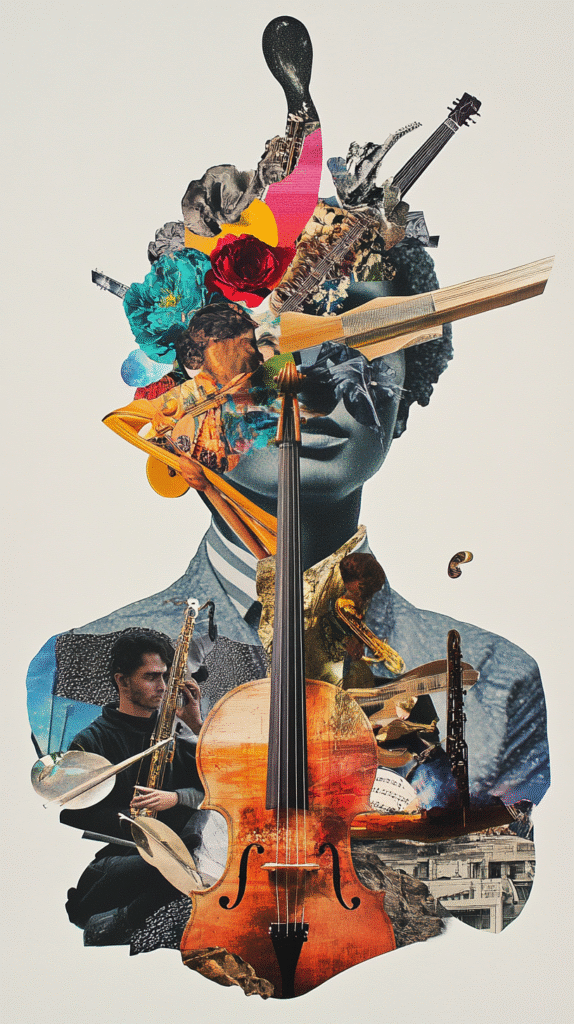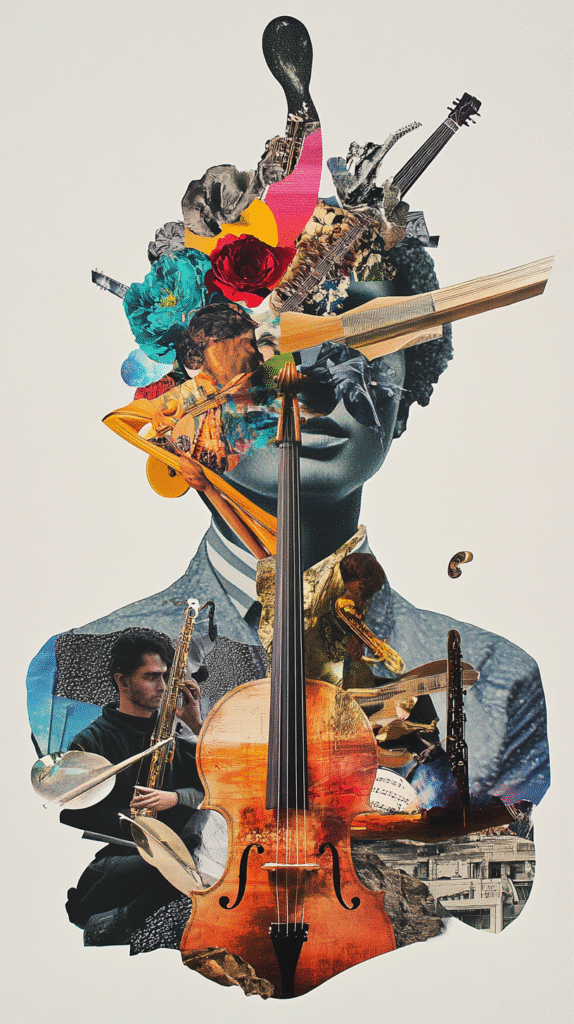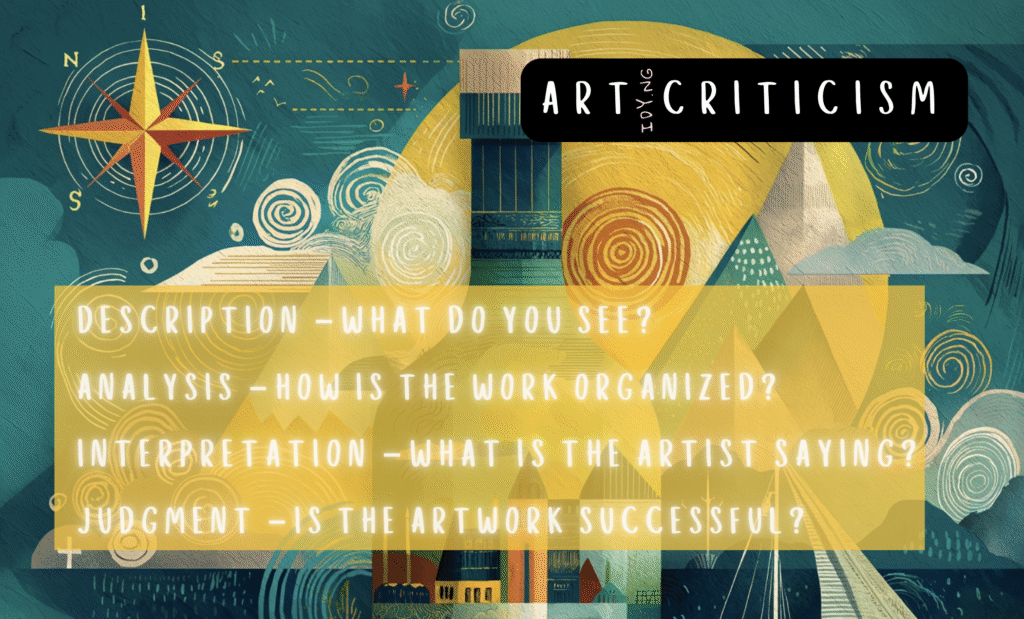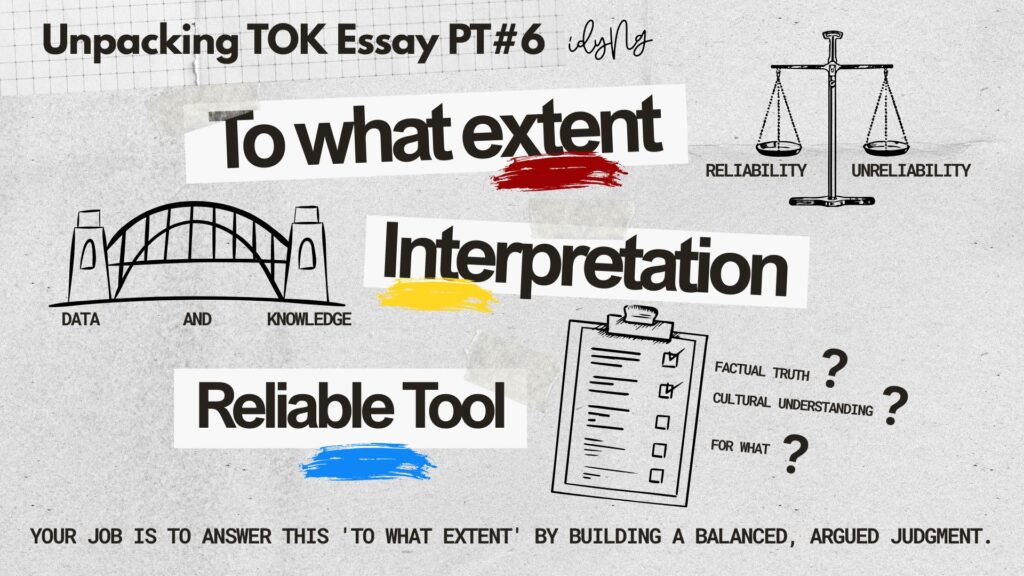Art Criticism & Appreciation
Art is not just about creating; it’s also about understanding and appreciating what’s been made. Just like learning a language, engaging with art requires us to familiarize ourselves with its vocabulary. In this blog post, we’ll explore how to use Edmund Feldman’s four-step process to critique artwork effectively, offering a structured approach that can deepen your understanding and appreciation of art.
The Language of Art
As artists and art enthusiasts, we must communicate using the Elements of Art and Principles of Design. Think of the elements, such as line, shape, color, texture, and space, as the symbols in our artistic language. The principles—rhythm, balance, emphasis, and unity—act as the guides that organize these symbols into coherent expressions.
Elements of Art:
- Line
- Shape
- Color
- Value
- Texture
- Form
- Space
Principles of Design:
- Rhythm
- Movement
- Balance
- Proportion
- Variety
- Emphasis
- Unity
By understanding this language, you can better articulate what you see and feel in a piece of art.
How to Critique Art Using Feldman’s 4-Step Process
Art criticism is like being a detective—you uncover the hidden messages and meanings behind an artwork. Whether you’re analyzing a painting, collage, or sculpture, Edmund Feldman’s four-step method (Description, Analysis, Interpretation, and Judgment) helps you break down and understand the work systematically.
Let’s apply this method to analyze a collage design that celebrates music and creativity.

Step 1: Description – What Do You See?
Be objective—only state the facts.
- Medium & Size: Digital collage, 816 x 1456 pixels
- Central Subject: A silhouette of a person’s head and shoulders, filled with layered imagery
- Key Elements:
- Musical instruments (violin, guitar)
- Flowers and photographs of musicians
- Gray-toned silhouette contrasted with vibrant interior colors
- Composition: Layered, with overlapping images creating depth
🔹 Example:
“The artwork is a digital collage featuring a grayscale silhouette of a person’s head and shoulders. Inside the silhouette, vibrant images of musical instruments, flowers, and musicians are layered. The contrast between the monochrome outline and the colorful interior creates a striking visual effect.”
Step 2: Analysis – How Is the Work Organized?
Examine how the artist used the Elements & Principles of Design.
Elements of Art Present:
- Line: Strong outline defines the silhouette
- Shape: Mix of organic (flowers) and geometric (instruments) forms
- Color: Warm reds/yellows vs. cool blues, high contrast
- Texture: Smooth photos vs. rough violin texture
- Space: Layering creates depth
Principles of Design Used:
- Balance: Asymmetrical but visually balanced through color and form.
- Emphasis: The head silhouette is the focal point, drawing attention.
- Unity: All elements ties everything and work together to convey a cohesive theme of music and identity.
- Variety: Diverse imagery adds richness and complexity to the piece.
- Movement: Eye travels through layered elements
🔹 Example:
“The artist uses a bold outline (Line) to define the silhouette, while the interior bursts with contrasting colors (Color) and textures (Texture). The composition is asymmetrical yet balanced (Balance), with the central figure drawing immediate attention (Emphasis). The overlapping images create rhythm (Movement) and depth (Space).”
Step 3: Interpretation – What Is the Artist Saying?
Make educated guesses about meaning.
- Possible Themes:
- Music as identity
- Creativity and growth
- Cultural/personal connection to art
- Mood: Energetic, joyful, introspective
- Symbolism:
- Instruments = passion for music
- Flowers = growth and beauty
- Layering = complexity of artistic influence
🔹 Example:
“This collage suggests that music is deeply embedded in the subject’s identity. The vibrant interior symbolizes creativity, while the layered imagery implies how art shapes personal and cultural narratives. The flowers may represent growth—how music nurtures the soul.”
Step 4: Judgment – Is the Artwork Successful?
Give your opinion, backed by evidence.
Using Art Theories:
- Formalism ✅ – Strong composition, effective use of elements/principles
- Emotionalism ✅ – Evokes joy and curiosity about music’s role in life
- Imitationalism ❌ – Not meant to be realistic; abstract symbolism prevails
🔹 Final Verdict:
“This collage succeeds brilliantly in conveying its theme (Emotionalism) through dynamic composition (Formalism). While it doesn’t aim for realism (Imitationalism), its layered complexity invites viewers to reflect on their own artistic journeys. A visually and conceptually engaging piece!”tract. Overall, it’s a successful piece because it captures attention and balances variety with unity.”
Key Takeaways
- Description grounds your critique in observable facts.
- Analysis reveals how the artwork works.
- Interpretation explores why it matters.
- Judgment evaluates its success—based on your perspective.
Final Thoughts
Feldman’s method helps you critique art thoughtfully—moving from observation to analysis, meaning, and finally, evaluation.
Now it’s your turn!
Pick an artwork (a painting, sculpture, or design) and try writing a critique using these four steps.
🔹 Which step do you find most challenging?
🔹 Do you prefer judging art based on Formalism, Emotionalism, or Imitationalism?
Let’s discuss in the comments!
Visual Guide:

Want a printable critique template? Let me know below! 👇
By Idy NG| Art Educator & IBDP Examiner
“Every artwork has a story—Feldman’s method helps you read between the lines.”






